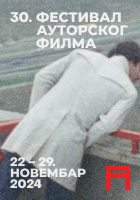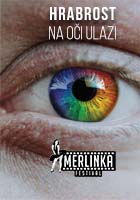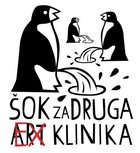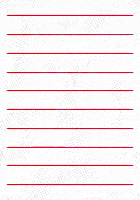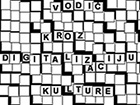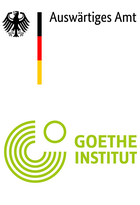
Muž u Parizu (2007)
Muž u Parizu je svojevrstan komentar na potrebu velikog broja rezidenata politički izolovanih i ekonomski nerazvijenih zemalja za stupanje u brak „za papire“. Poigravanje ovom idejom bilo je polazna tačka rada, koji je kasnije dobio i svoj osobeni smisao izborom lokacija snimanja i karaktera kao potencijalnih bračnih kandidata. Scenario je sledeći: sama autorka preuzima ulogu mlade žene iz istočne Evrope u potrazi za mužem u Parizu, prototipu zapadanoevropskog „grada ljubavi“. Krećući se kvartovima grada i zaustavljajući odabrane prolaznike sa pitanjem da li bi je „oženili“ i kako bi to izgledalo, nakon kratkog uspostavljanja „odnosa“, oni pristaju da se zajedno fotografišu kao par, pokazujući simpatije jedno prema drugome. Prepliće se privatno (želje, težnje, ograničenja) sa globalnim društvenim problemom (stupanje u fiktivni brak i njegove emotivne posledice). Međutim, ne prolazi „bilo šta“: izbor kandidata (njihov fizički izgled, odevni stil, poreklo, zanimanje, itd) korespondiraju sa željama i pogodnostima. Vođene zadatim poetskim pravilima, ove pažljivo režirane fotografije ublažavaju svaku nelagodnost i ogoljenost prvobitne ideje, nastojeći da kroz spontanu igru zavođenja duhovito sažimaju sliku o društvu u tranziciji, međuljudskim odnosima prožetim kulturnim razlikama, kao i o sitnim ljudskim potrebama, idealima, očekivanjima i zabludama, i naizgled nevažnim intimnim pričama. Katarina Radović
A Husband in Paris (2007)
A Husband in Paris was set out as a playful comment on the idea of marrying abroad for papers, due to political isolation in economically underdeveloped countries. This was a starting point in this work, which, during the course of its progress, acquired a number of other meanings related to the choice of place and the characters photographed. The scenario is the following: the photographer herself took up the role of a young woman from Eastern Europe in the search of a husband in Paris, the model of a Western “city of love“. Walking across the city districts she approached candidates asking them whether they would be willing to “marry her” and what it would look like. After a short introductory “sniffing“, they happily agreed to pose together with her for a snapshot, in which they played the role of potential couples expressing affection for each other. However, not every type of “marriageable material” would do; the selection of candidates was based on their look, origin, style, profession, etc. These photographs stand at the intersection of private (aspirations and limitations) with the more global issues (societies in flux and transition, fictive marriages and their socio-emotional consequences). The set poetic rules and the hilarious approach however reduce a certain uneasiness and explicitness of the initial idea, turning it into a light and spontaneous game of revealing latent possibilities in human relationships interwoven with cultural differences; and offering visual descriptions of human needs, expectations and illusions.
Katarina Radovic


